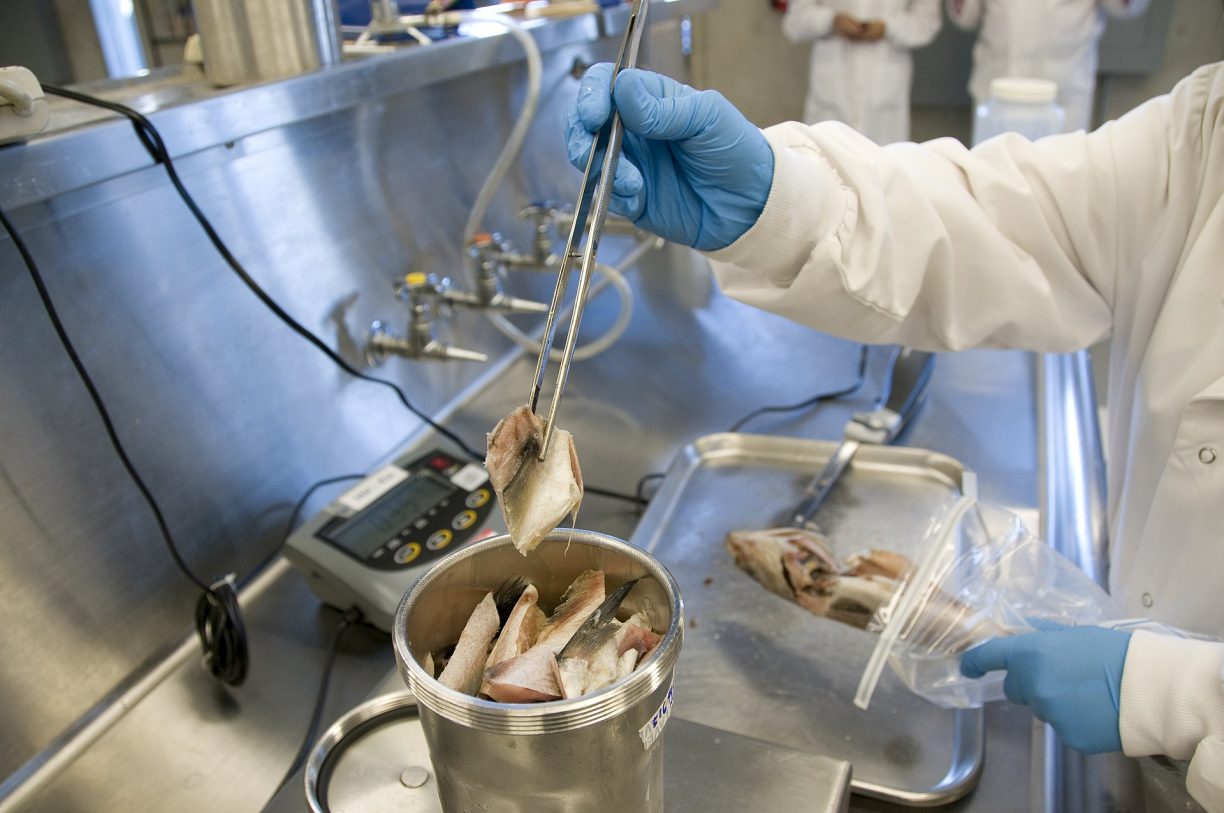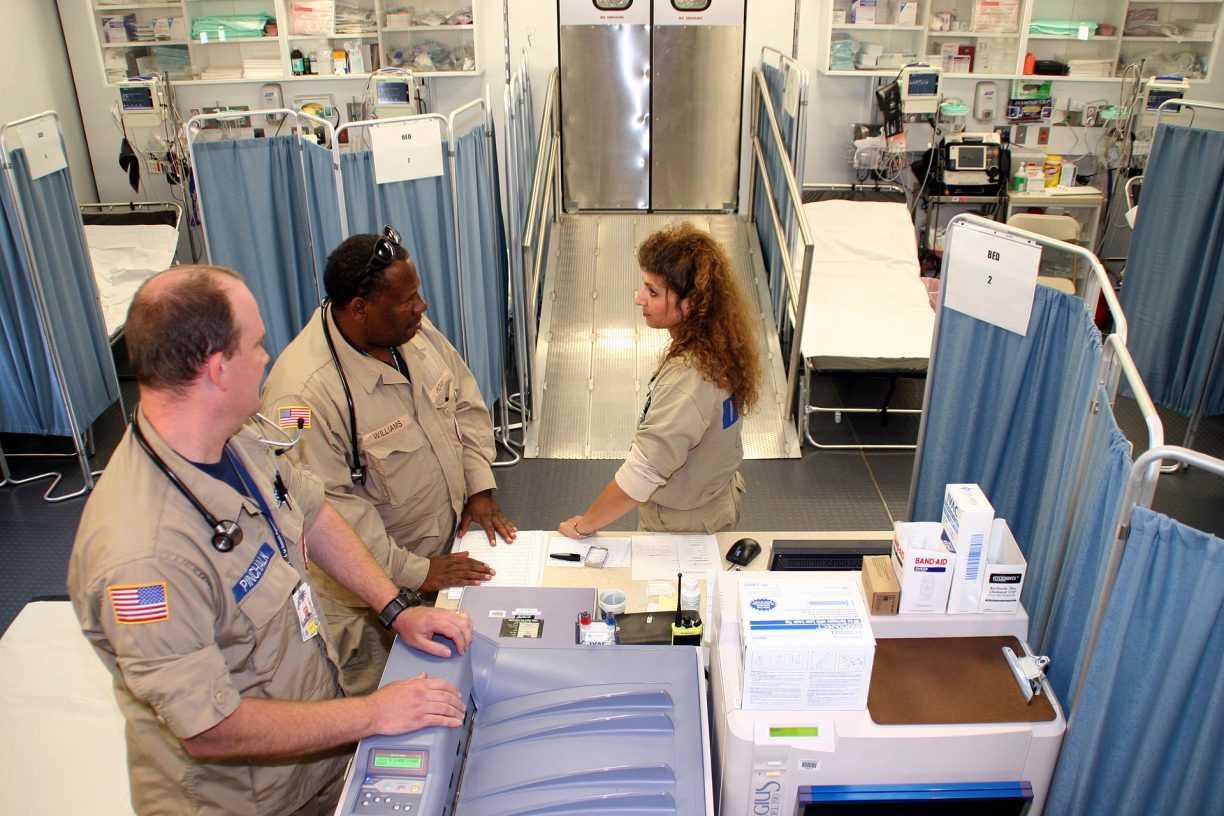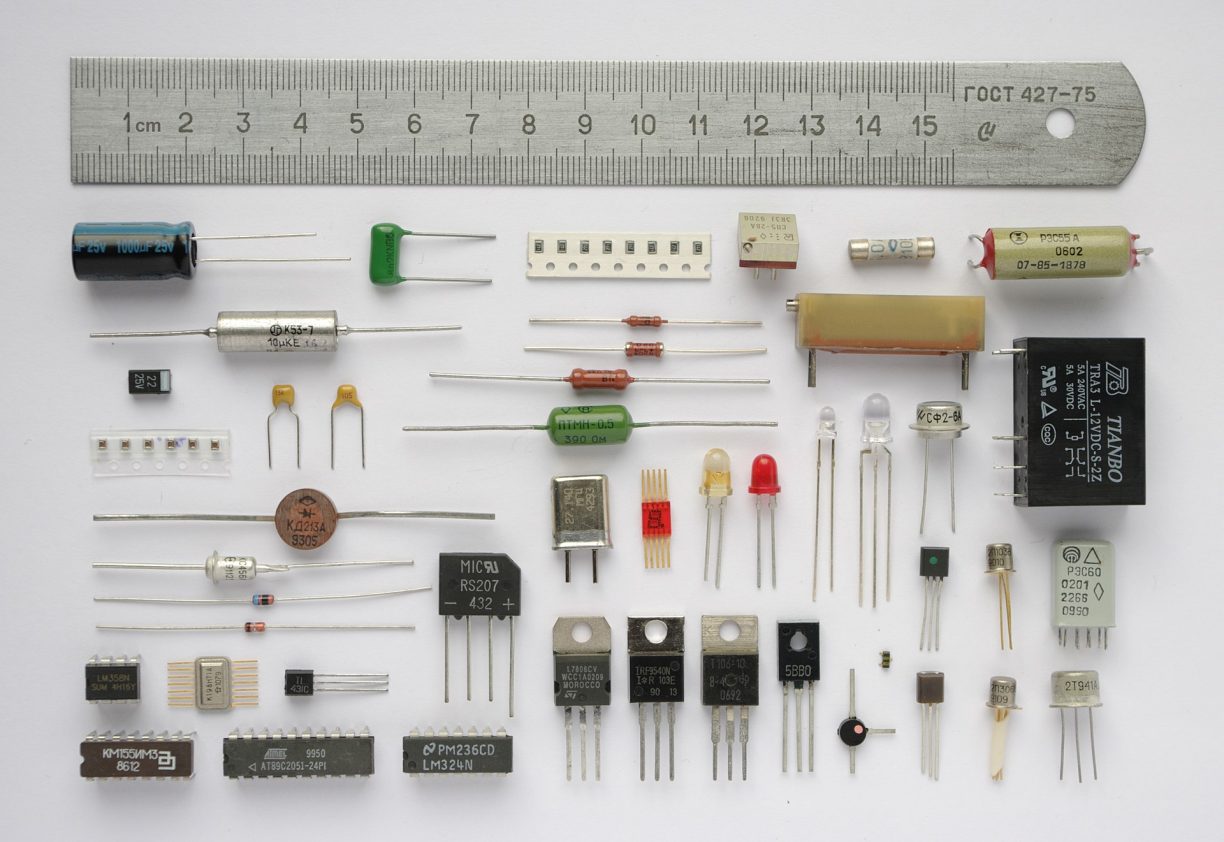Temperature sensing is a critical aspect of various industries and applications, from electronics and automotive to healthcare and food safety. Reliable temperature measurements are essential for maintaining product quality, safety, and performance. However, like any technology, temperature sensors, including thermistors, can encounter issues that affect their accuracy and reliability. In this blog post, we will explore common temperature sensing issues and provide valuable tips and solutions for troubleshooting them.



Inaccurate Readings
One of the most common temperature sensing issues is inaccurate readings, which can result from various factors, including sensor drift, calibration problems, or external interference.
Solution:
- Calibrate the Sensor: Regularly calibrate your temperature sensor to ensure accurate readings. Follow manufacturer guidelines for calibration procedures.
- Check for Sensor Drift: Monitor the sensor’s behavior over time. If you notice a consistent drift in readings, consider replacing the sensor.
- Shield from External Interference: Protect the sensor from external factors like electromagnetic interference, which can affect its accuracy. Use shielding or isolation techniques if necessary.
Sensor Placement
Incorrect sensor placement can lead to inaccurate temperature sensing measurements. Placing the sensor too close to a heat source or in an area with poor airflow can result in skewed readings.
Solution:
- Review Sensor Placement: Double-check the sensor’s location. Ensure it is in an area representative of the temperature you want to measure.
- Avoid Heat Sources: Keep sensors away from heat sources, such as electronic components, motors, or direct sunlight.
- Ensure Proper Ventilation: Ensure that the area around the sensor has adequate airflow to prevent temperature gradients.
Wiring and Connection Issues
Poor wiring and connections can introduce resistance, leading to voltage drops and inaccurate temperature sensing readings.
Solution:
- Inspect Wiring: Check the sensor’s wiring for any damage, loose connections, or corrosion. Replace damaged wires or connectors.
- Use Proper Connectors: Ensure you are using appropriate connectors and cables for your sensor to minimize resistance.
- Maintain Good Contact: Ensure that the sensor is making good contact with the surface it is measuring.
Environmental Factors
Harsh environmental conditions, such as humidity, vibration, or extreme temperatures, can impact temperature sensing performance.
Solution:
- Choose Suitable Enclosures: Use protective enclosures or housings to shield the sensor from adverse environmental conditions.
- Select Appropriate Sensor Type: Consider using specialized sensors designed for extreme environments when necessary.
- Implement Environmental Monitoring: Regularly monitor and log environmental conditions to identify potential issues.
Power Supply Problems
Inadequate or unstable power supply can affect sensor performance and lead to erroneous readings.
Solution:
- Check Power Supply: Ensure the sensor receives a stable and adequate power supply within the specified voltage range.
- Use Voltage Regulators: Implement voltage regulators or stabilizers to maintain a consistent power source for the sensor.
Troubleshooting temperature sensing issues is crucial for maintaining the accuracy and reliability of your temperature measurements. By following the tips and solutions provided in this blog post, you can address common problems such as inaccurate readings, sensor placement issues, wiring problems, environmental factors, and power supply issues. Regular maintenance, calibration, and attention to detail will help ensure that your temperature sensors continue to provide precise and dependable data for your applications.
Ametherm thanks you for taking the time to read our Blog posts. If you have any questions, please contact us, or fill out the form below and we will respond right away.
Visit Our Distributors to See Availability of Our Temperature Sensors and Inrush Current Limiters





